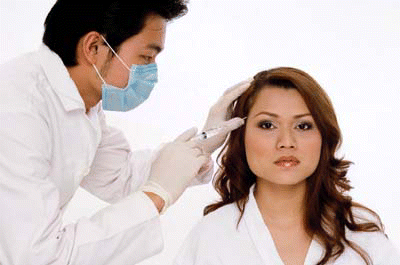
Prescription Medications May Do Little to Encourage CPAP Use
Obstructive sleep apnea (OSA) afflicts at least 2 to 4% of the adult population.

Obstructive sleep apnea (OSA) afflicts at least 2 to 4% of the adult population.

A form of light treatment called rhinophototherapy is being studied in the United States and may one day provide patients with allergic rhinitis and other diseases of the upper airway, such as nasal polyposis, with an alternative to standard therapies.

Mohamed A. Hamid, MD, PhD, believes, as a matter of principle, that an office vestibular examination is necessary before ordering electronystagmography (ENG)-or any other vestibular diagnostic tests, for that matter.

Dysphagia affects more than 20% of the population over the age of 50.

A consortium of 25 allergists and otorhinolaryngologists from five medical specialty societies in the United States has developed a guideline for designing clinical trials in the treatment of chronic rhinosinusitis.

Biocompatible, conforming, and easy-to-use materials-these are the key characteristics of innovations in middle ear reconstruction, according to several experts.

Nonrandomized trials have suggested that intra-arterial delivery of chemoradiation would be superior to intravenous delivery of comparable chemoradiation in patients with inoperable head and neck cancer.

In an ideal world, otolaryngologists would know ahead of time exactly why a pediatric patient was referred to their office.

Harold (Rick) Pillsbury, MD, President-Elect of the Triological Society, has been predicting for 10 years that there would be a need to hire people to help extend otolaryngology practices—in other words, physician assistants (PAs) and nurse practitioners (NPs). “I was right. That makes me the soothsayer here,” he joked.

These days, it is not uncommon for doctors from all types of specialties to offer aesthetic procedures for the face, such as filler and Botox injections for wrinkles and superficial peels with lasers or glycolic acid to remove sunspots and wrinkles.
Few could argue credibly that America, which outspends all other countries on health care, has the world’s best-trained physicians, the best-equipped hospitals and incomparable technical innovation, should not have the world’s best health care system.